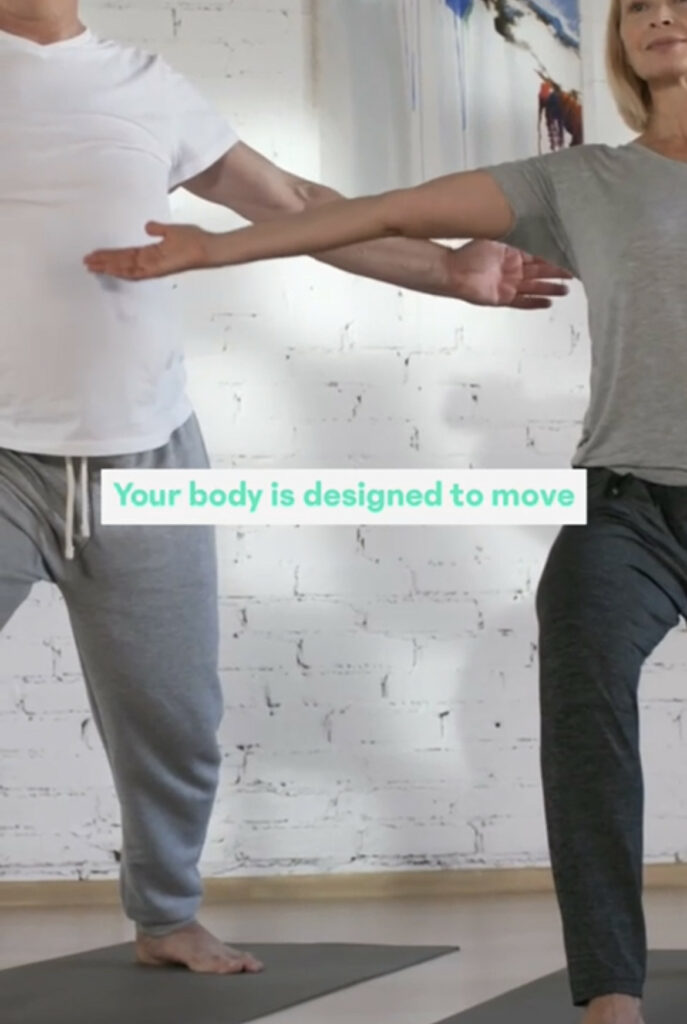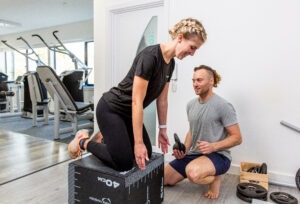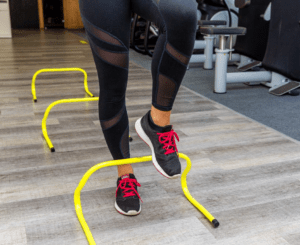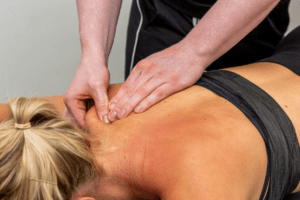Your body is designed to move and resting too much could actually cause harm to your joints and the tissues around them.
Many people with arthritis are worried that exercise could cause further damage to their joints, but exercise is good for us and helps our joints stay healthy. It can be hard to keep moving when you have arthritis but staying as active as possible can reduce your pain and the symptoms of your condition, and help you to stay independent.
It’s important to stay as active as you can to reduce the risk of your muscles or other tissues around your joints becoming weaker, as this could cause more problems with your joints in the future.
If you or someone you know is suffering with the symptoms of arthritis or any other joint disorders, book in for a consultation and we’d love to help you build strength to enable you to live comfortably.
7 ways movement can help your arthritis symptoms:
- Reduce pain
- Improve your muscle strength to keep joints strong and well-supported
- Reduce stiffness in your joints
- Help your balance
- Improve energy levels and lethargy
- Help you manage your weight
- Boost your mood
A few exercises that we recommend you try:
- Swimming can be a great exercise as the buoyancy of the water can help support you when you exercise.
- Regular sit to stand exercise from a chair and cycling on a static bike can be a great way to try and build leg strength and maintain movement at your hips and knees.
- Practising standing on one leg and improving your balance can also assist in maintaining lower limb strength.
Start slowly to ease your joints into exercise if you haven’t been active for a while. If you push yourself too hard, you can overwork your muscles and worsen your joint pain. Consider these tips as you get started:
- Keep the impact low. Low impact exercises like stationary bicycles, cross trainers, or exercise in the water help keep joint stress low while you move.
- Apply heat. Heat can relax your joints and muscles and relieve any pain you have before you begin. Heat treatments — warm towels, hot packs or a shower — should be warm, not hot, and should be applied for about 15-20 minutes.
- Move gently. Move your joints gently at first to warm up. You might begin with range-of-motion exercises for 5-10 minutes before you move on to strengthening or aerobic exercises.
- Go slowly. Exercise with slow and easy movements. If you feel pain, take a break. Sharp pain and pain that is stronger than your usual joint pain might indicate something is wrong. Slow down if you notice swelling or redness in your joints.
- Ice afterward. Apply ice to your joints for up to 20 minutes as needed after activity, especially after activity that causes joint swelling.
If you haven’t felt inspired to start an exercise routine, you may not have found the activity that suits you. Whether you’re an exercise newbie, or just want to spice up your fitness routine, book in for a consultation and we’d love to help you build strength to enable you to live comfortably.



